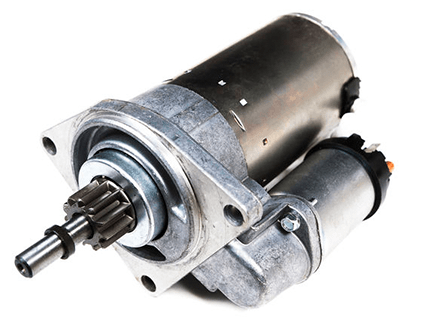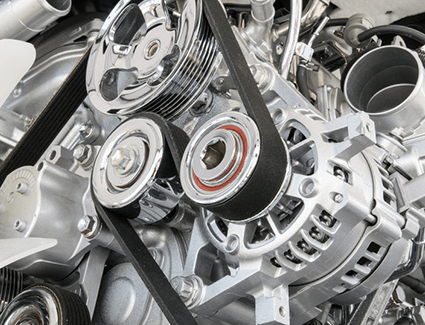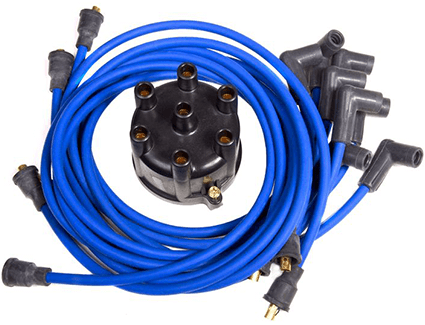

Vehicle maintenance and repairs can be stressful, especially if they become more frequent as the miles tick by. If something goes wrong, technicians will need to figure out what's wrong with the car, what's the best way to fix it, and then find the right parts for it. The automotive parts industry is huge, and drivers can choose to go with Original Equipment Manufacturer (OEM) parts, or aftermarket parts, which are made by a different company than the one that originally made the vehicle's parts. There are advantages and disadvantages to both OEM and aftermarket parts, so before you make your decision be sure you know these key differences between them.

5. Price
The immediate difference between OEM and aftermarket parts that you're likely to notice is the price. Often, but not always, the price is a little more for OEM than aftermarket parts. But, there's a reason for that higher price: you're absolutely certain the OEM part will fit their model and won't cause any problem with other systems while maintaining the new car warranty where applicable. Plus, cheaper parts usually mean cheaper materials, which could mean a short-term fix that leads to long-term vehicle problems.
4. Selection
Another key difference between OEM and aftermarket parts is the selection afforded to drivers. With OEM parts, you get the right part the first time without rolling the dice on a bunch of options. With aftermarket parts, there are various companies and parts to choose from. But, this has its disadvantages as well because drivers have to research to make sure the aftermarket part will fit and work with their make and model, which isn't a problem with OEM parts.

3. Availability
Along with the aftermarket parts having a wider selection for drivers to sift through, they may seem more readily available than OEM parts. Of course, this isn't always the case. Dealerships generally have the OEM parts available right when you need them, but certain OEM parts may need to be ordered, which can mean a bit of a delay for repairs. Aftermarket parts, on the other hand, may appear more readily available at generic auto parts stores or from independent mechanic shops. While these options may seem a bit more convenient and perhaps even more affordable up front, there's still the question of quality and just how long will the part last. It's a question you won't be bothered with when choosing OEM parts from a dealership parts department like ours at Capitol Chevrolet in Salem, OR.
2. Warranty
Another important thing to remember when choosing between OEM and aftermarket parts is the vehicle's warranty. If your vehicle is relatively new and still under the warranty, it may only cover OEM parts and not aftermarket options. Or, if you have a lease, you should definitely find out if the warranty only covers OEM parts so you don't mistakenly void the warranty for a small or insignificant part. To ensure that you always have the full advantage of the factory warranty, it's always best to stick with OEM parts.

1. Quality
The final key reminder for drivers to consider between OEM and aftermarket parts is quality. Aftermarket parts may sometimes be more affordable and readily available, but they don't have the same confidence of quality that comes with an OEM part. With an OEM part, drivers are paying for a part they know is made from high-quality materials, will fit their model perfectly, and won't void the vehicle's warranty. A low-quality aftermarket part may not fix the vehicle's problem or could lead to further problems down the road. With an OEM part, you'll be far more likely to have the problem solved for good.
Contact
2855 Maple Ave Ne
2855 Maple Ave Ne
Salem, OR 97301
- Contact: (503) 877-2943

